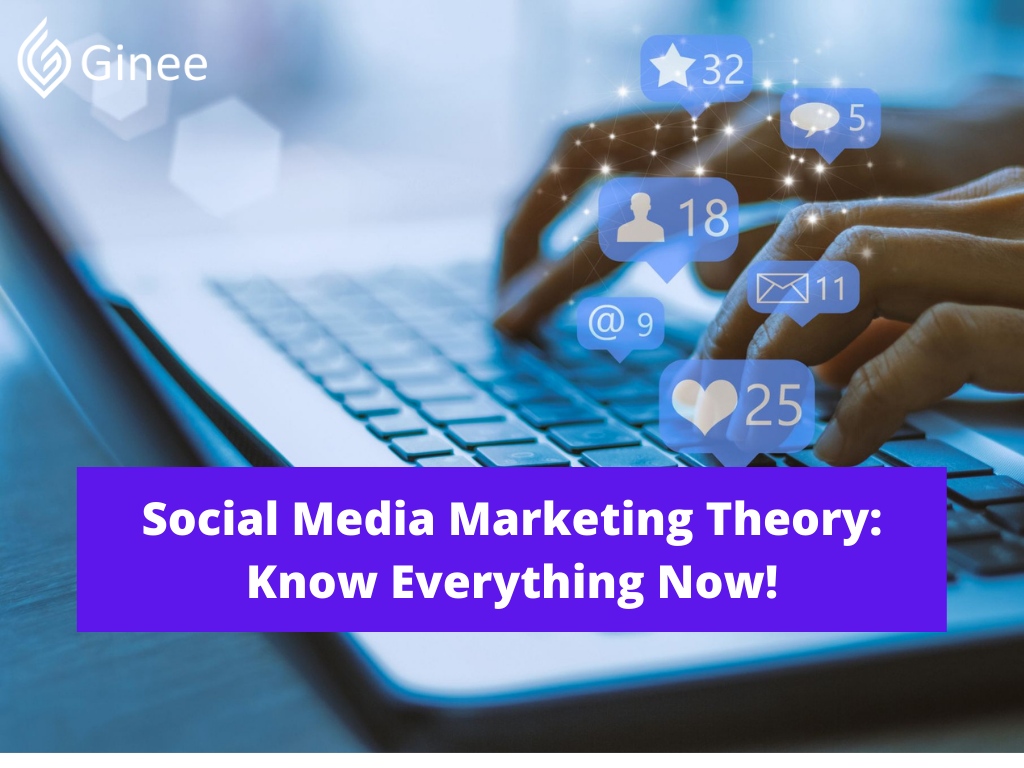
What is social media marketing theory? Social media is becoming more crucial to hospitality and tourism businesses, due to the intangibility and experiential nature of tourism products and the lowered technological barrier for average travellers to contribute information online.
Different from the one-way communication in most mass media channels, social media represents two-way communication between consumers.
Social media revived more ancient types of decision-making prevalent before the emergence of mass media, when the exchange of opinions between one’s families, relatives, friends and neighbours was the basis for product purchase decisions.
Don’t Know How to Set Up Digital Ads? Don’t Worry!
Set up Google, Facebook, TikTok Ads, and more with Ginee Ads. The best part is you can do all of this in one place. Check it out now!
What are the Theories Related to Social Media?
Social media is becoming more crucial to hospitality and tourism enterprises. On one hand, hospitality and tourism industries offer intangible and experiential products. Visitors must rely on the information delivered to them, either online or offline, to identify and evaluate the product alternatives.
User reviews and comments are experiential in nature and highly trustable. On the other hand, the development of Internet technologies has lowered the barrier for contributing information online. Almost anyone with Internet access could easily blog, tweet, review, comment and update his or her Facebook status.
Here are some the theories that related to social media:
Micro-Theories

Word of Mouth/Psychological Ownership Theory and Perceived Control
Historically, tourism researchers have found that advice from friends and relatives is the most frequently obtained and influential source of information used by consumers in their travel decision making.
The information communicated by friends and relatives is construed to be more credible, honest, and trustworthy than that generated from marketers, since the communicators are not compensated for the referral.
Social Exchange Theory
Given that all social media are dependent on users providing content, an understanding of the motives of why individuals participate appears fundamental. Social exchange theory originated from sociology studies exploring exchange between individuals or small groups.
The theory mainly uses a cost-benefit framework and comparison of alternatives to explain how human beings communicate with each other, how they form relationships and bonds, and how communities are formed through communication exchanges.
Social Penetration Theory
Similar to social exchange theory, social penetration theory explains how human exchange forms relationships. However, the latter focuses more on the individual and dyadic levels while the former could explain behaviour at aggregated and organisational levels.
Social exchange theory states that human beings form close relationships through self-disclosure. Using an analogy of peeling of the layers in an onion, one must disclose him or herself through the continuing process of exposing one’s inner self and identity.
See also: 5 Reasons Why You Should Care about Social Commerce
Your Selling Stock is Messing Up? You Need Help!
Ginee Omnichannel allow you to automatically sync every stock from all of your online stores. It’s faster way to helps you profit!
Macro-Theories

Social Network Analysis
Social network theory views the community of individuals as connected actors and uses mathematical models to study its structure, development and evolution.
Social network analysis treats individual actors in a community as nodes; the communications between those actors are deemed as ties, edges, links, or connections. Social networks can form on many levels, from individual people, to families, communities and nations.
Those ties could be communication frequency, friendship, kinship, financial exchange, sexual relationships or common interests or beliefs. Together they form a complex graph structure.
McLuhan’s Media Theory
McLuhan is a Canadian philosopher and educator, the author of the famous quote “the media is the message”.
He argued that the media itself, rather the actual content of the media, will transform people and society. The actual messages people are communicating won’t be any different on the new media; the interactivity and frequency of new communication patterns will change our behaviour forever.
Pseudo-Theories
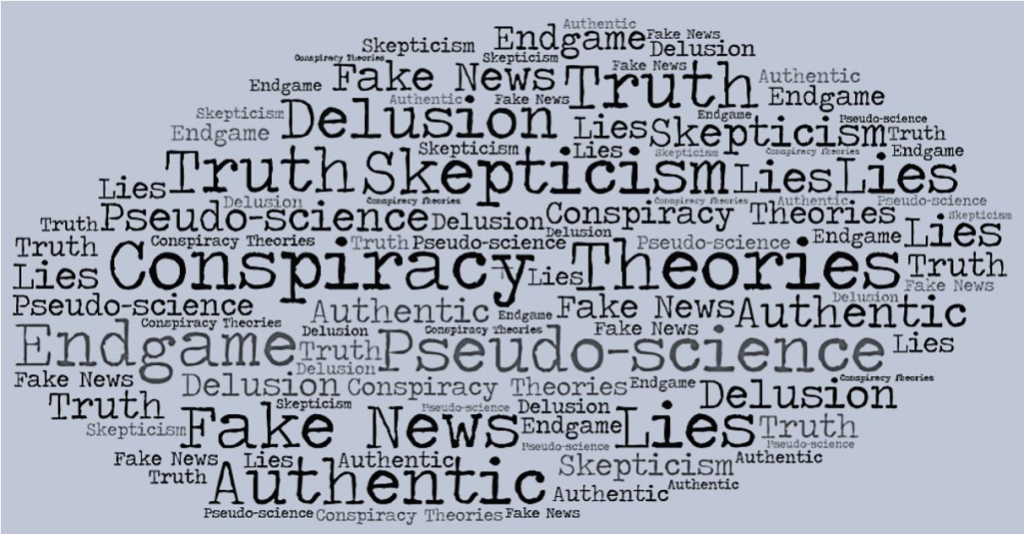
The social media theory landscape is fast changing due to the low cost of innovation in the era of open-source movement. The disconnect of academia from the industry and the slow process of the formal publishing cycle poses a challenge for researchers in academic institutions.
Many social media and online marketing agencies actually are more innovative and ahead of the curve of social media for marketing theory purposes. This section views two frameworks trying to make sense of the social media landscape.
What are the Main Theories of Marketing?
Social marketing theory Kotler? A successful social media campaign requires more than just whipping up posts daily. Even with increased social media awareness, 47 percent of marketers find it hard to develop successful social marketing strategies.
Marketing theories give you a deeper understanding of your customers, their needs, motivation, and goals. They also help you understand the market where you’re operating. As a result, you create successful social media campaigns and here are the main theories of marketing:
The Seven Ps of Marketing Mix
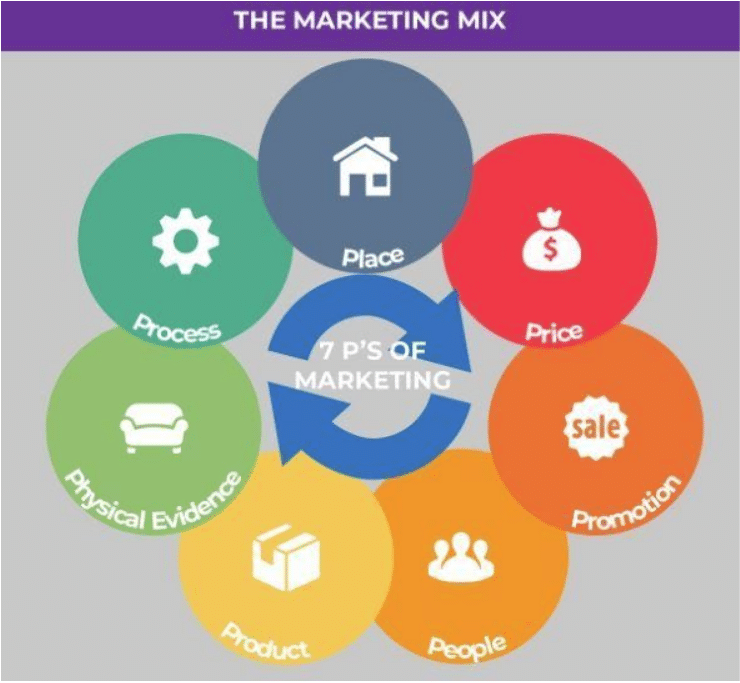
The 7Ps is a core marketing theory, so it’s not unusual to find several businesses use it as a foundation for their marketing strategy.
The 7Ps are the elements around which businesses should structure their marketing campaigns. According to the theory, for your social media campaigns to be successful, you need to tick off at least three of the 7Ps:
- Product: the item being sold
- Place: where you distribute the product
- Price: cost of the product
- Promotion: Marketing, advertising, and sales
- Physical evidence: Proof the product exists
- People: your employees
- Process: How your product is delivered to the consumer
Read also: 5 Questions to Ask for Your Social Media Marketing Strategy
Want to Put Digital Ads Everywhere Without Hassle?
Get the 360 digital marketing experience via Ginee Ads. Put your ads anywhere at any time, do them all in just one place!
SWOT Analysis
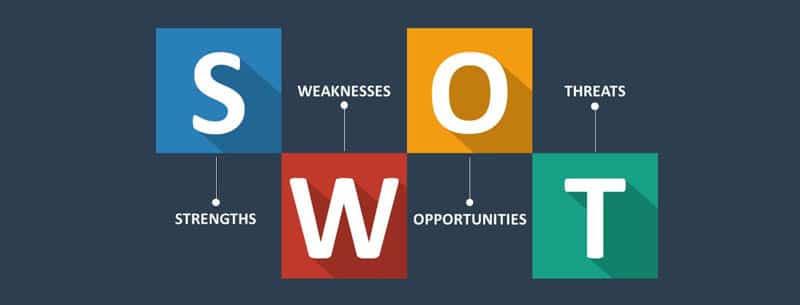
The SWOT acronym stands for Strength, Weaknesses, Opportunities, Threats. These refer to what you have to look at when conducting a comprehensive analysis of your social media campaigns across multiple channels. Your strengths and weaknesses are internal, while opportunities and threats are always external.
Maslow’s Hierarchy of Needs
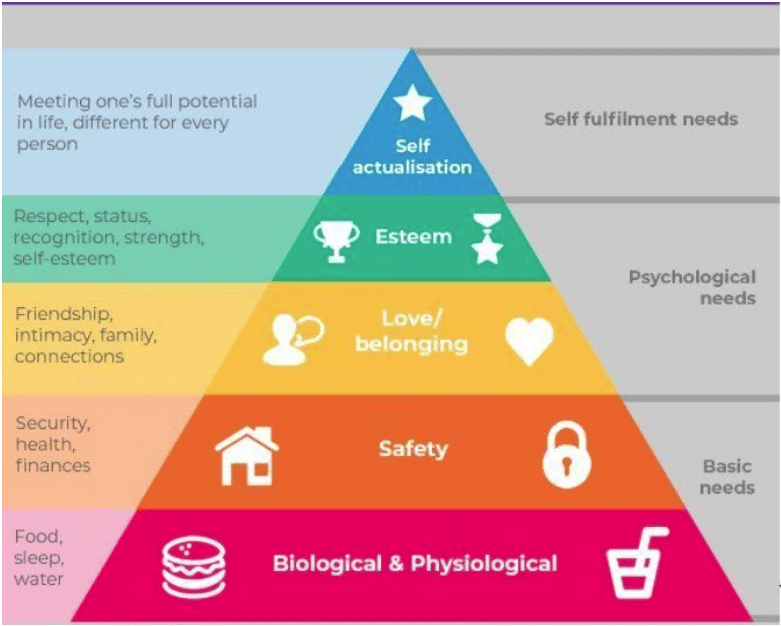
Maslow’s Hierarchy of Needs is a five-tier model of consumer needs. According to the theory, a person should satisfy one level before proceeding to a higher level.
Applied to marketing, the theory essentially requires that you gain an understanding of your customer’s needs and then address them to create effective social media campaigns.
What is Chaffey’s Theory of Social Media Marketing?

Chaffey’s theory of social media marketing? Monitoring and facilitating customers interaction, participation and sharing through digital media to encourage positive engagement with a company and its brands leading to commercial value. Interactions may occur on a company site, social networks and other third party websites.
Social media marketing is an essential section of the online marketing world which implicates how to do consumer conversation on a website or Facebook/ Tumblr/ Twitter. This can also be done on a forum or blog.
Online networking showcasing is an essential class of computerised advertising which includes empowering client correspondences on an organisation’s own website, or social existences, for example: Facebook or Twitter or web journals and discussions.
It can be connected as a conventional communicated medium, for instance, organisations can utilise Facebook or Twitter to send messages to clients or accomplices who have selected it. Be that as it may, to exploit the advantages of online networking it is imperative to begin and take an interest in client discussions.
Don’t Know How to Set Up Digital Ads? Don’t Worry!
Set up Google, Facebook, TikTok Ads, and more with Ginee Ads. The best part is you can do all of this in one place. Check it out now!
Features of Social Marketing Theory
Theoretical framework about social media marketing? The theory focuses on helping identify the various social and psychological barriers that hinder the flow of information through the mass media and offers ideas and ways to overcome these barriers.
Advantages of social marketing theory? These strategies range from being indigenous to the use of saturation advertising:
Creating Audience Awareness
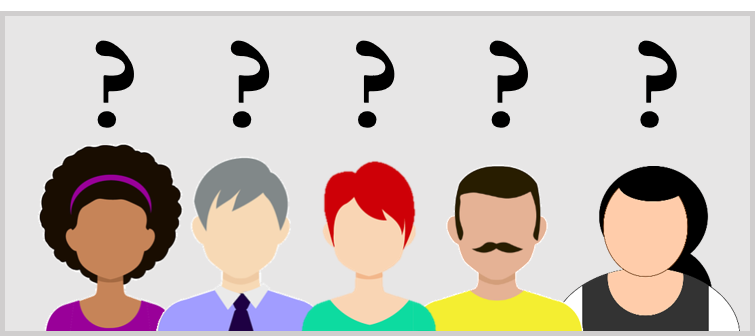
When there is a need to promote any new idea, person or behaviour, the first step is to create awareness that such a new concept or individual exists.
Targeting the Right Audience

When disseminating messages, it is important to first identify the audience that requires the message and then find the most efficient means of reaching them with the message.
Reinforce the Message

When people receive a new message once, they tend to forget it easily. It’s therefore necessary to reinforce the message by repeatedly ensuring that individuals are exposed to the message from different channels.
Cultivate Images or Impressions

When the audience is not interested in the person, product or service being promoted, they will not seek out any information about them.
Stimulate Interest

To make the audience seek information, it is necessary to grab their attention and stimulate interest. Once this is done, information should be made easily accessible to the general public.
Induce Desired Result

Once information has reached the intended audience, efforts should be taken to ensure that the desired decision is arrived at.
Want to Put Digital Ads Everywhere Without Hassle?
Get the 360 digital marketing experience via Ginee Ads. Put your ads anywhere at any time, do them all in just one place!
How Ginee Ads or Ginee ERP, Implement Socmed Theories

The information held on social media platforms like Facebook, Twitter or LinkedIn has business implications, beyond the social. Employers now routinely scour social media profiles when vetting or seeking out new talent. Sales and marketing professionals may analyse personal or company profiles and the content of social “conversations” for trends and opportunities.
As the social media landscape evolves and matures, and greater numbers of people (professional and otherwise) become familiar with its tools, it’s time for businesses to consider how social platforms and communication techniques may be integrated into everyday business practises that including Ginee ads or the Enterprise Resource Planning (ERP) systems and processes that so often back them up.
Read also: Guide on How to Engage With Social Media Audiences
Conclusion
Social media marketing is a sure fire way for your brand to succeed. However, you need to establish a strategy that supports your social marketing goals.


 Ginee
Ginee
 23-12-2021
23-12-2021



